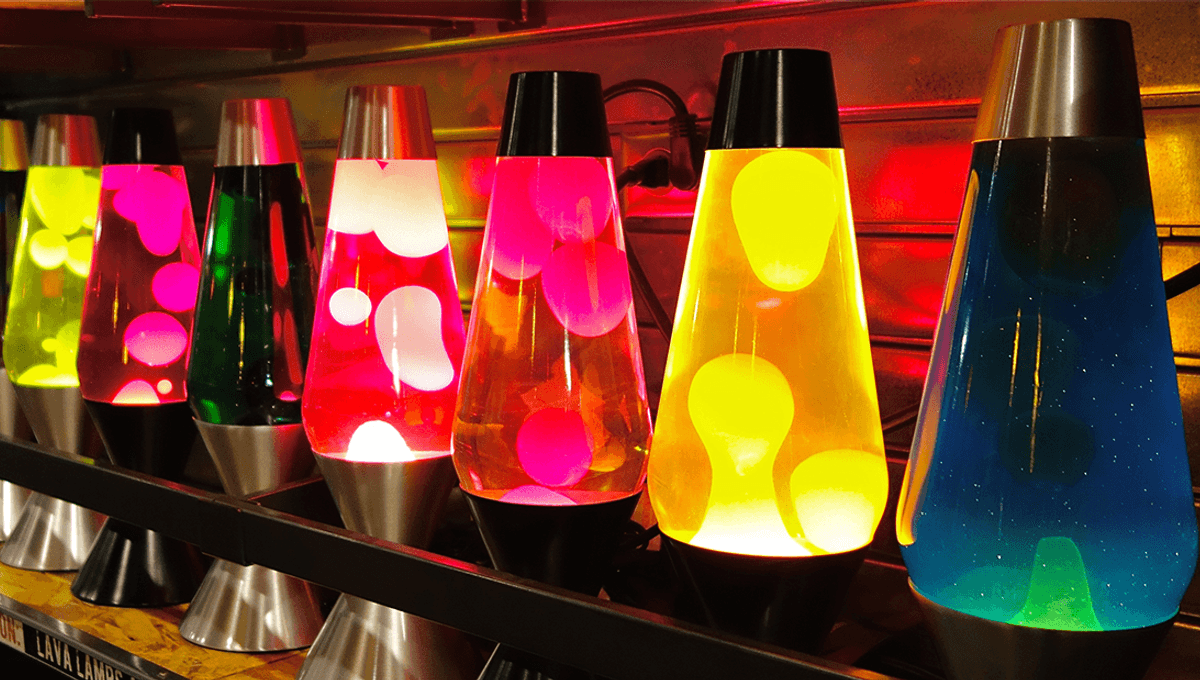
We don’t want to sound completely unhinged, like someone yelling “sharks have been around the galaxy twice” (they have) or “McFlurries look the way they do because of hedgehogs” (they do), but around 10 percent of the Internet is encrypted via lava lamps.
Encryption, in its most basic form, is scrambling data (be that text, image, or video) so that only the sender and recipient with their encryption keys can read it. Though now associated with computing, encryption has been around for centuries, with the first recorded cipher dating back to around 400 BCE, used by Spartan military officers to secretly communicate.
Encryption varies in complexity. By using simple substitution ciphers (e.g. a = b, b = c, and so on) you are taking plain text and converting it into encrypted ciphertext, which someone else can convert back to readable text if they have (or guess) your very simple key. Meanwhile, in computer encryption, 56-bit encryption keys, with 72,057,594,037,927,936 possibilities, proved themselves to be too easy to crack when they were solved by security experts on refurbished computer equipment within 56 hours by brute force.
As well as using 128-bit or higher keys, security experts try to make them harder to break by making them as random as possible. Computers, with their ordered logical “if this then that” way of working, are not great at introducing randomness, but fortunately for your encrypted top-secret WhatsApp meme group, we have other ways of doing that, including lava lamps.
YouTuber Tom Scott visits the encryption lamps.
“To produce the unpredictable, chaotic data necessary for strong encryption, a computer must have a source of random data. The ‘real world’ turns out to be a great source for randomness, because events in the physical world are unpredictable,” CloudFare , which encrypts up to 10 percent of the Internet using the lava lamp method, explains on their website.
“As one might expect, lava lamps are consistently random. The ‘lava’ in a lava lamp never takes the same shape twice, and as a result, observing a group of lava lamps is a great source for random data.”
At CloudFare, there is a wall of around 100 lava lamps, which are running and doing their gloopy thing. At intervals, a camera pointed at the lamps takes a photo. The random colors of the pixels are then used to create an encryption key.
“All digital images are really stored by computers as a series of numbers, with each pixel having its own numerical value,” CloudFare explained, “and so each image becomes a string of totally random numbers that the Cloudflare servers can then use as a starting point for creating secure encryption keys.”
The unpredictable nature of this key, with no obvious patterns to the long number string that can be discerned and used to crack the code, makes it very effective as an encryption method, whilst also giving your data a nice, retro-70s vibe as a side product.
[H/T: Atlas Obscura]
Source Link: Around 10 Percent Of The Internet Is Encrypted Via Lava Lamps